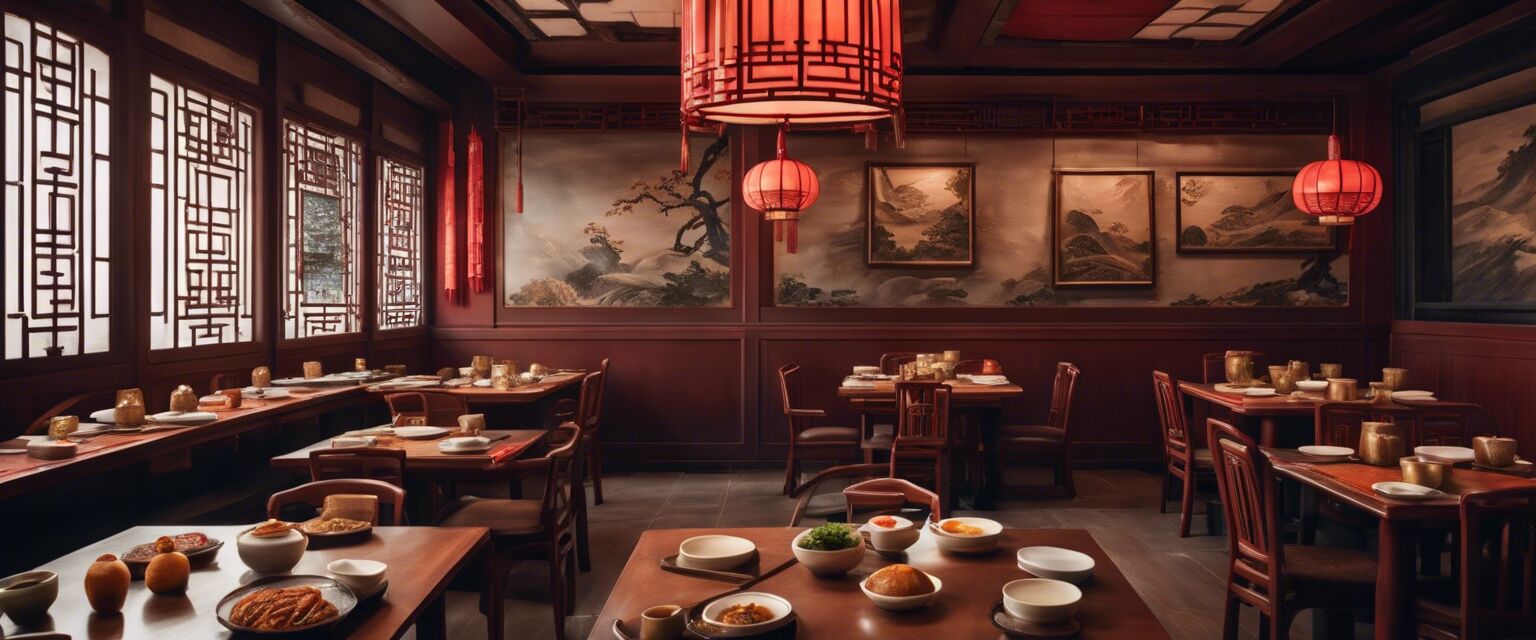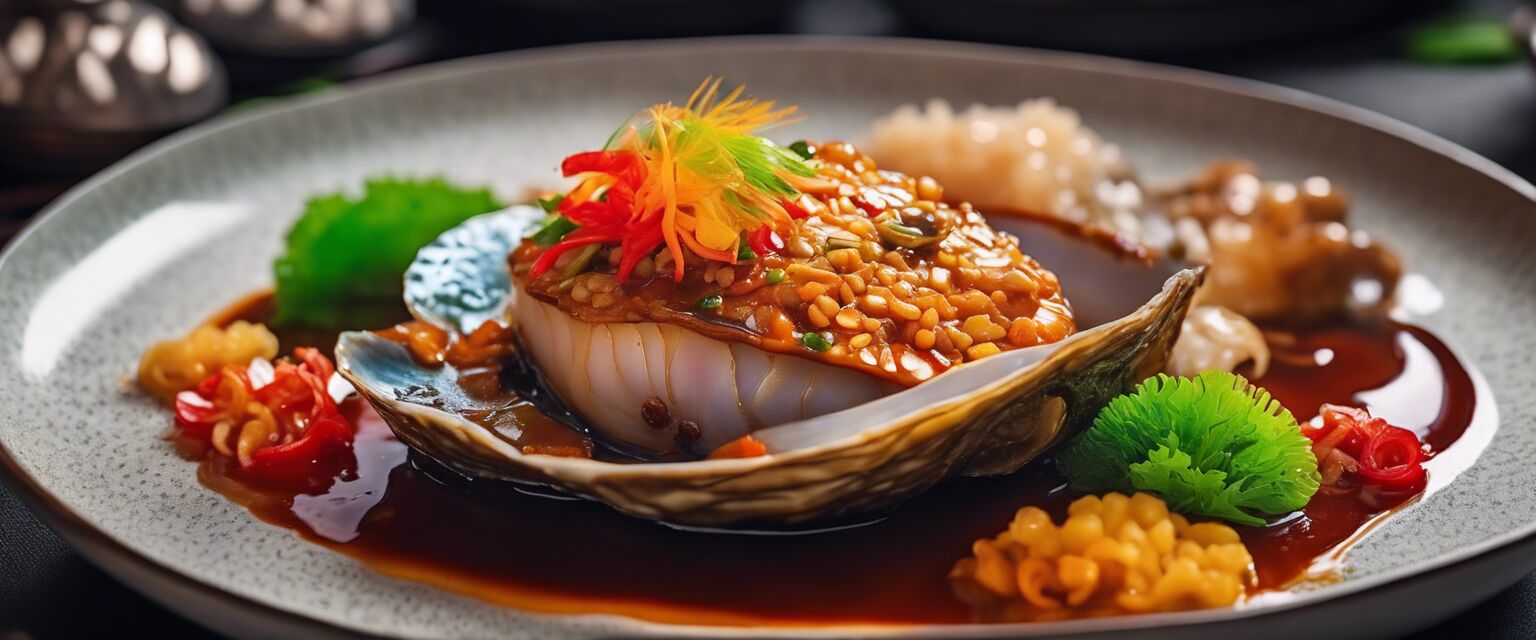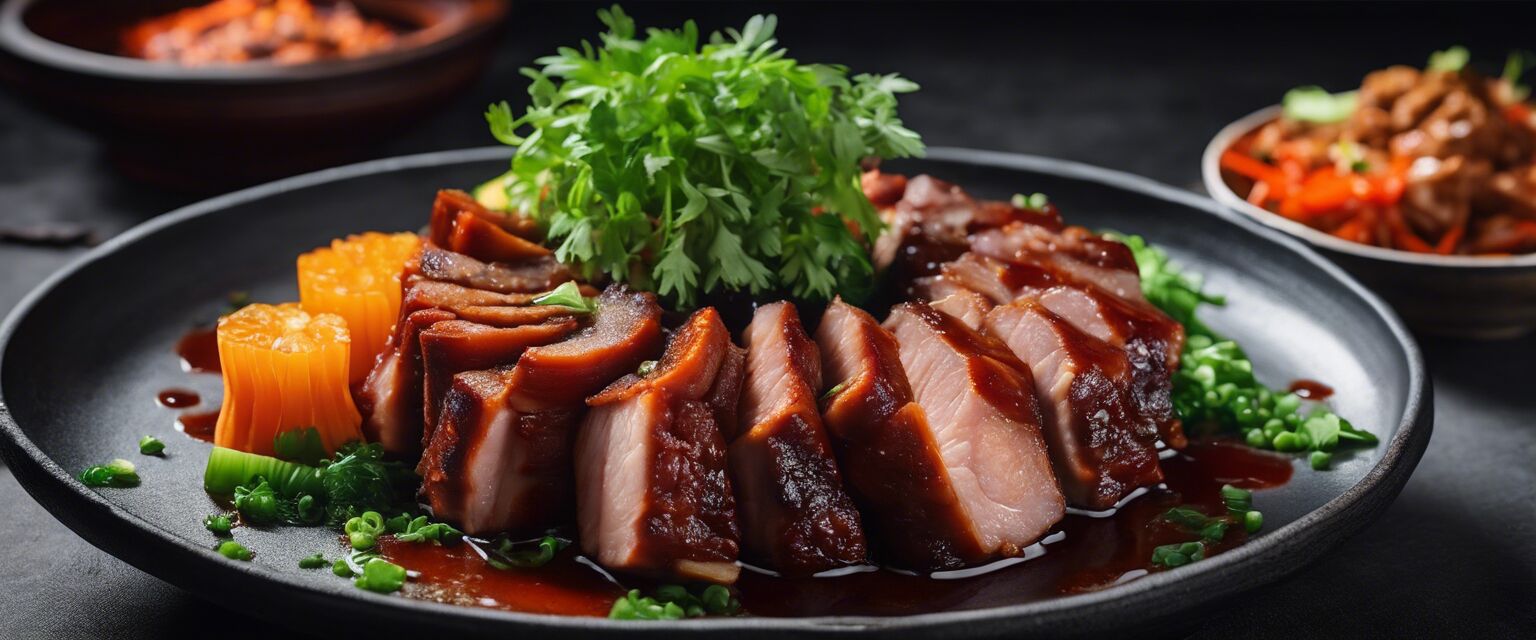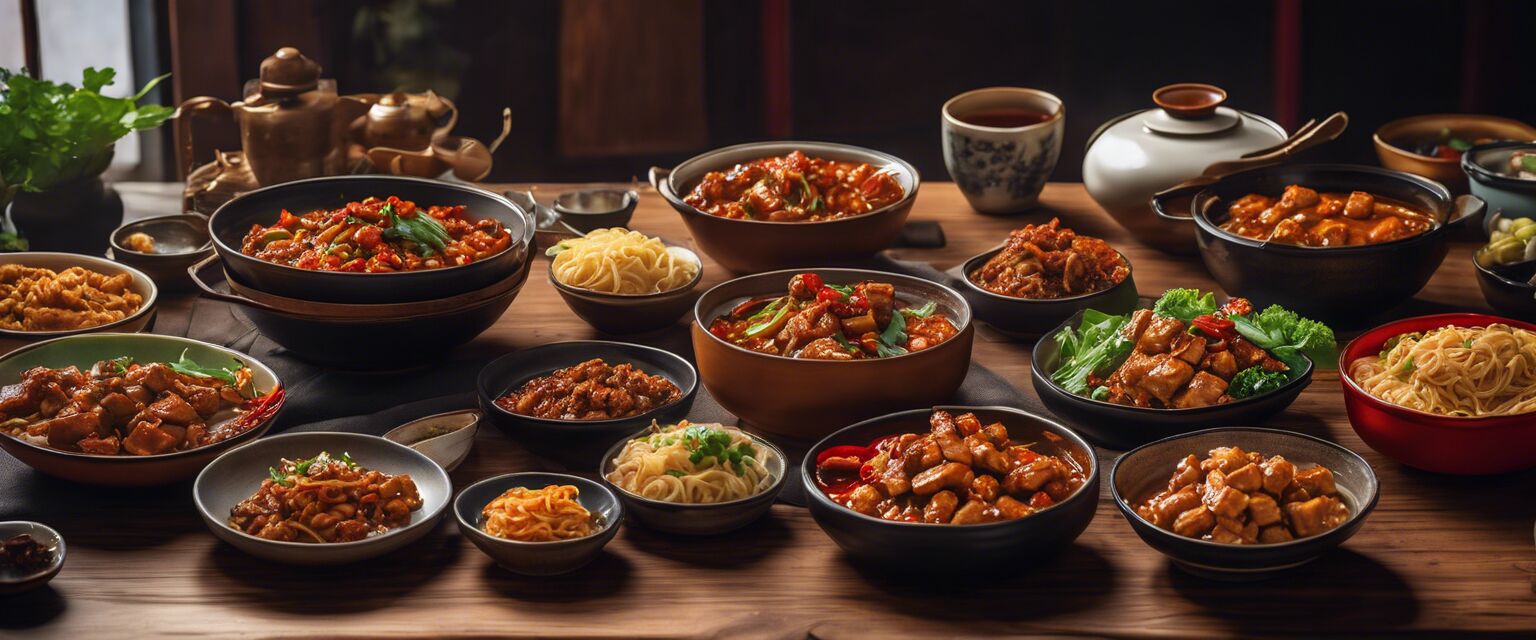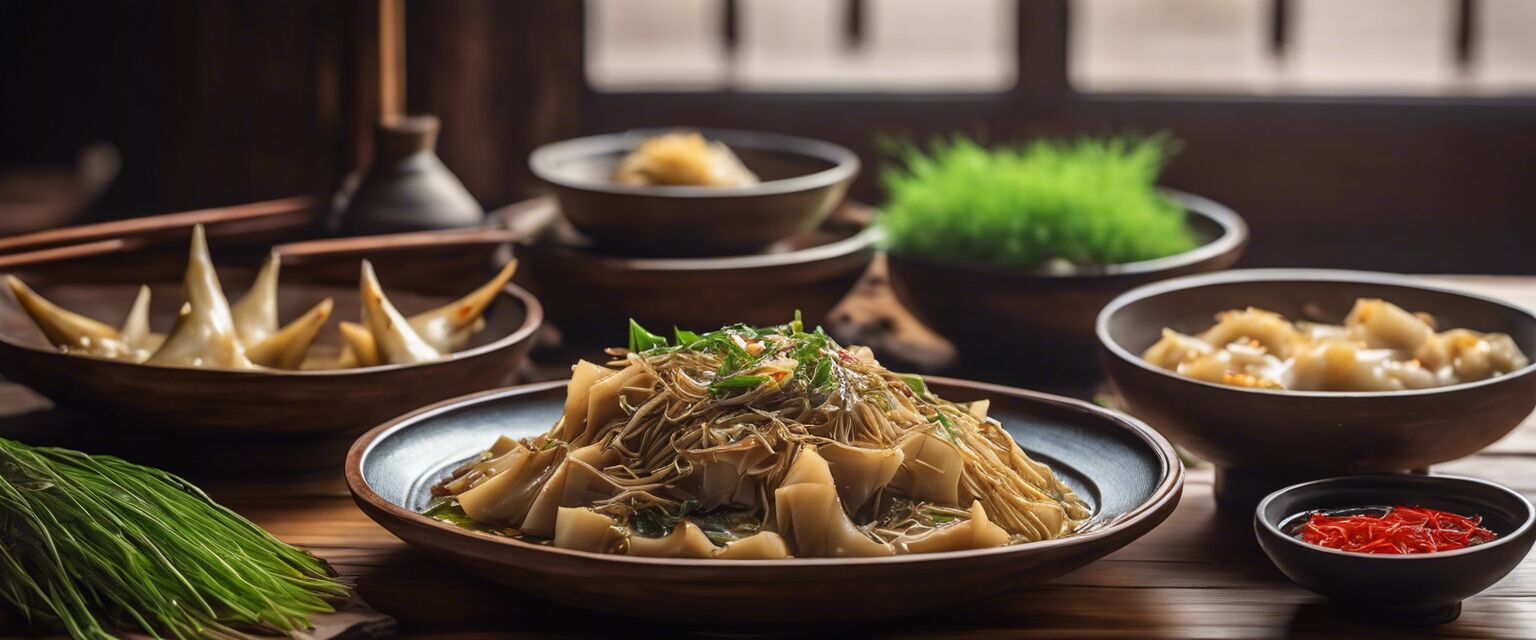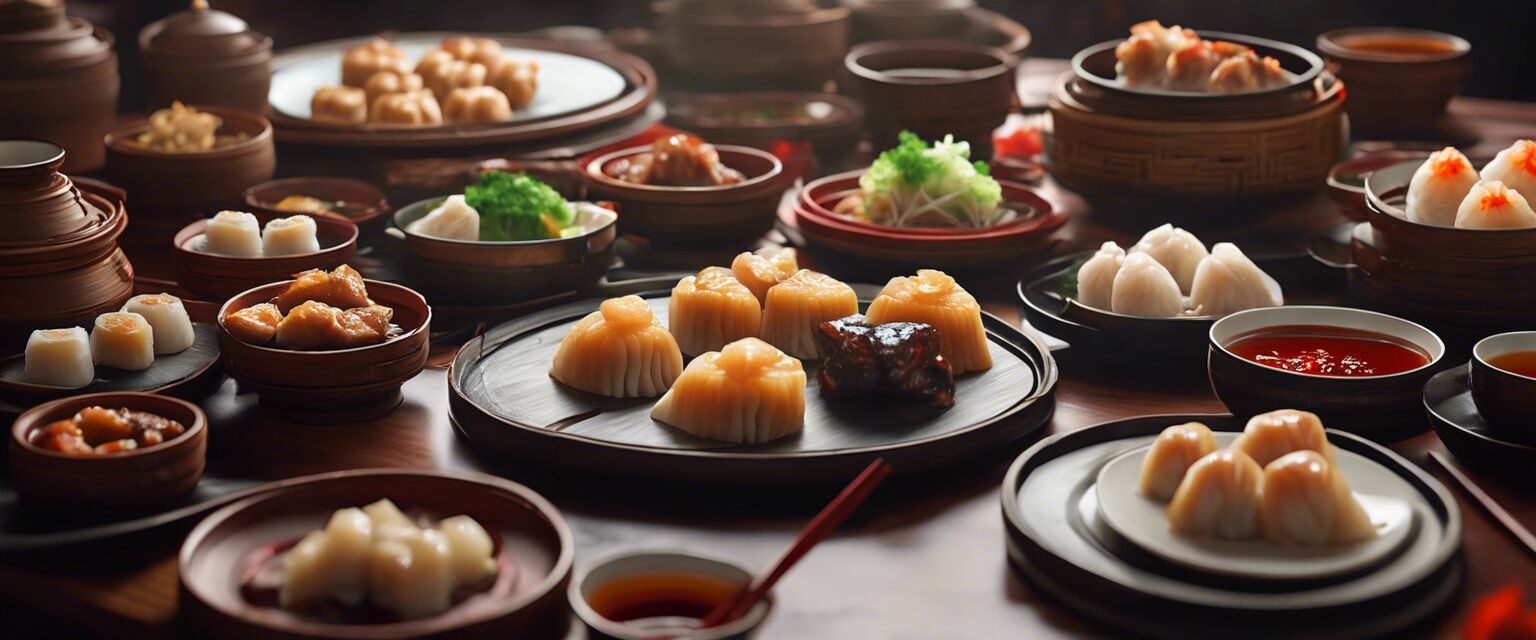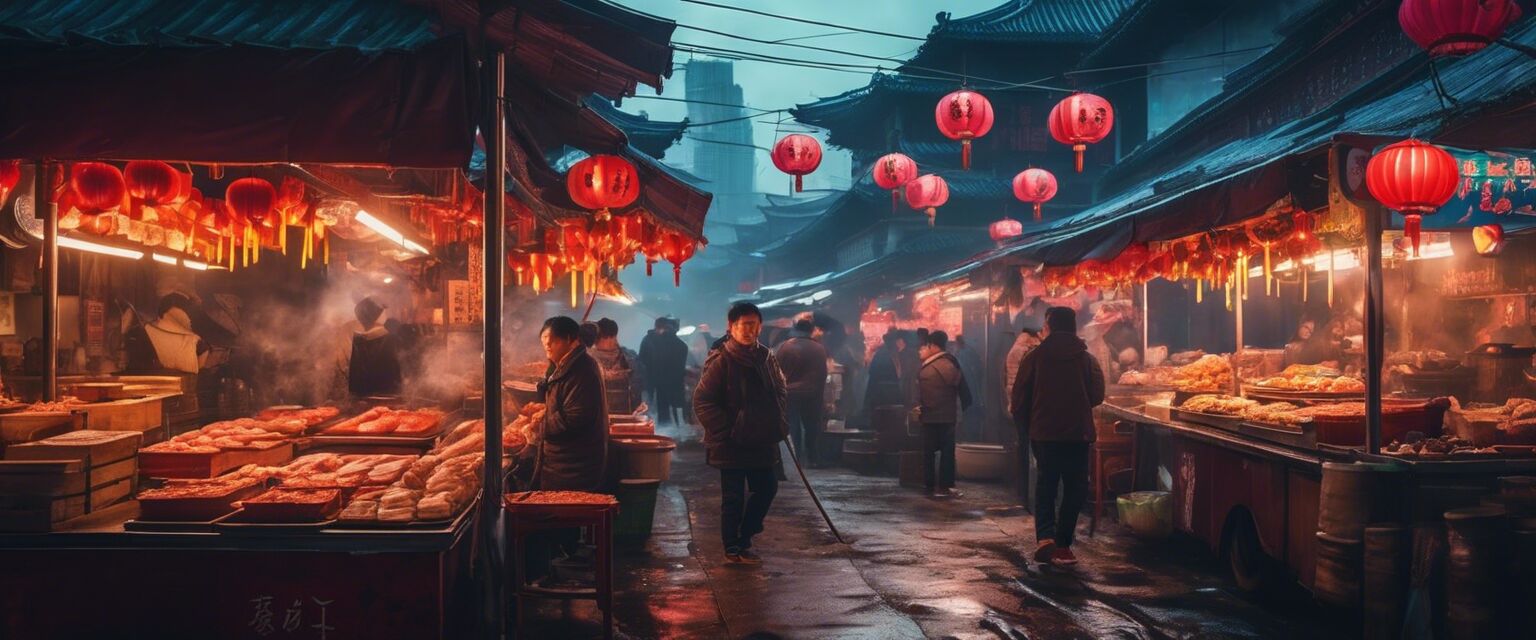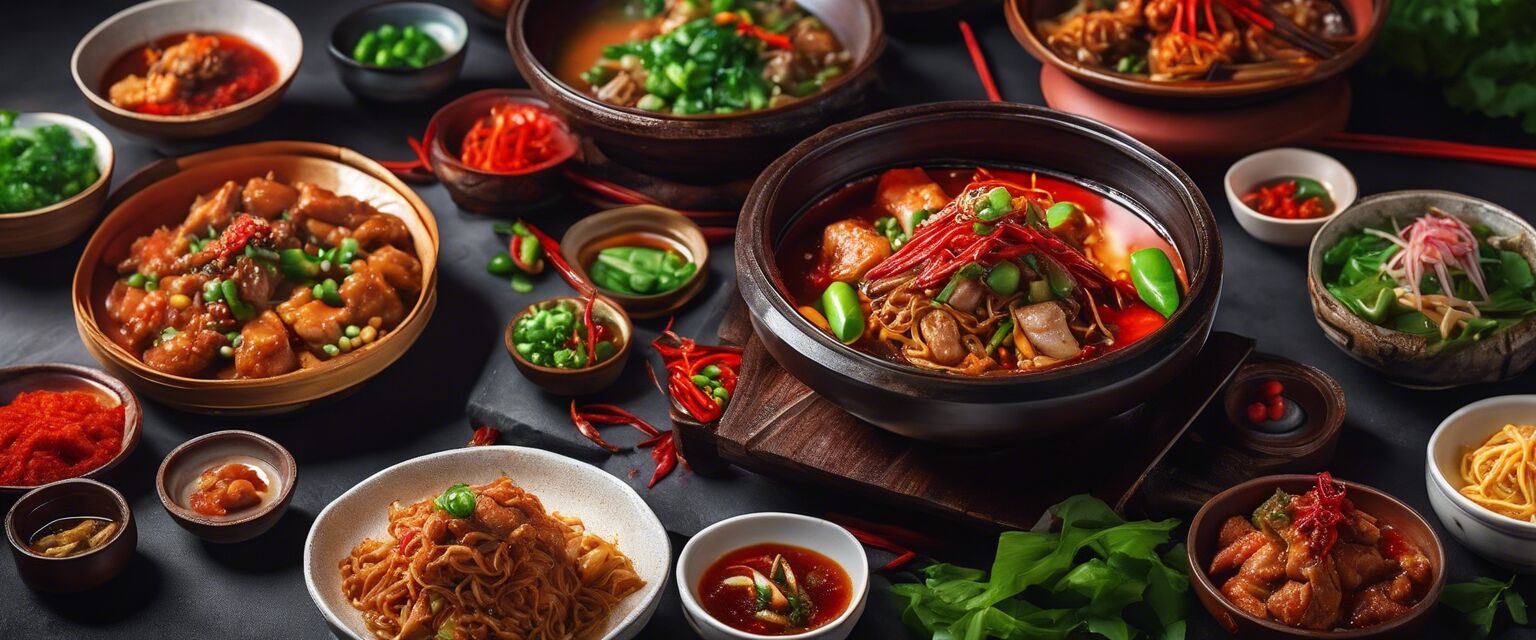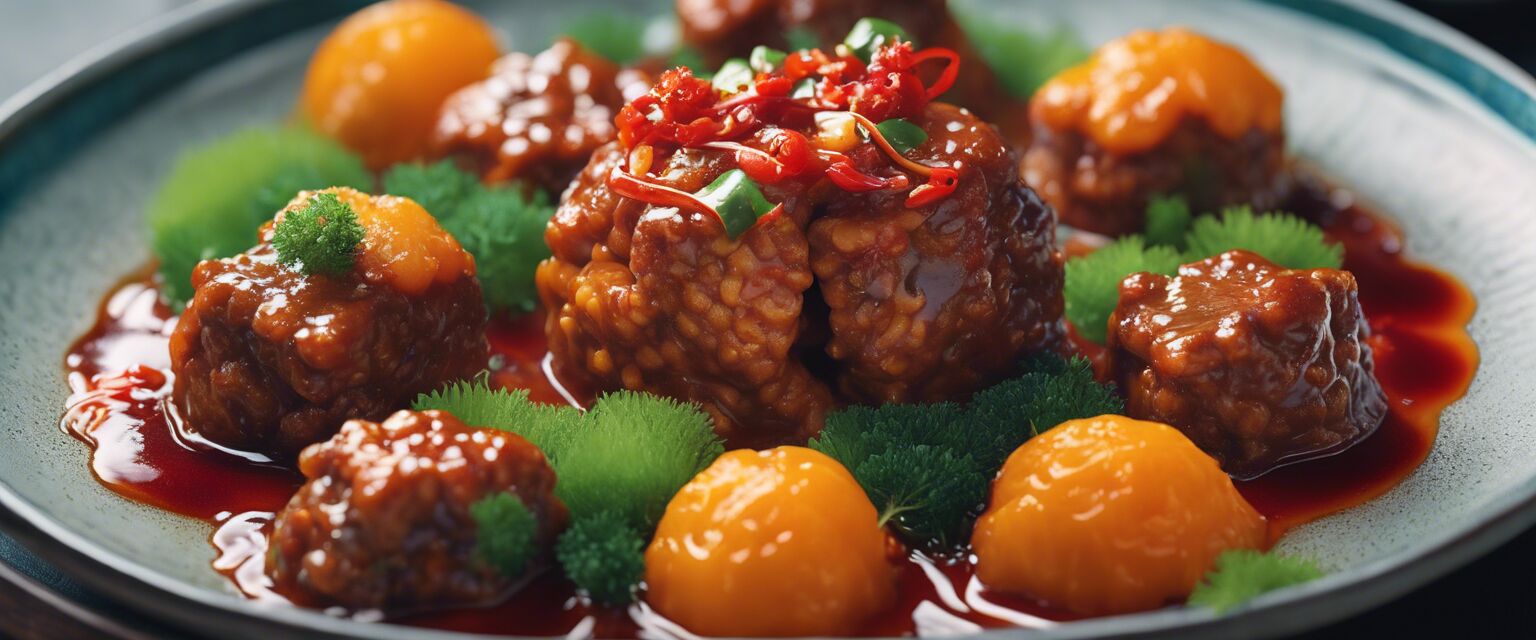
Jiangsu Cuisine
Key Takeaways
- Jiangsu cuisine is known for its precise cooking techniques.
- Balanced flavors are a hallmark of Jiangsu dishes.
- Popular dishes include Lion's Head Meatballs and Sweet & Sour Mandarin Fish.
- Fresh, seasonal ingredients play a crucial role in Jiangsu cooking.
- Jiangsu cuisine emphasizes both taste and presentation.
Jiangsu cuisine, one of the eight culinary traditions of Chinese cuisine, is celebrated for its refined cooking techniques and exquisite flavors. With a strong focus on fresh ingredients and a balance of sweet and savory, Jiangsu dishes often feature seafood, meats, and vegetables, making them a delightful experience for any palate.
Historical background of Jiangsu cuisine
The province of Jiangsu, located in eastern China, has a rich culinary history influenced by its geography and climate. The Yangtze River and its tributaries provide a wealth of fresh ingredients, including fish and vegetables. Jiangsu cuisine has evolved over centuries, incorporating elements from neighboring regions while maintaining its distinctive characteristics.
Key characteristics of Jiangsu cuisine
- Cooking techniques: Steaming, braising, and stir-frying are commonly used methods.
- Flavors: Dishes are typically sweet, savory, and slightly salty.
- Presentation: Food is beautifully arranged to appeal to the eye.
- Fresh ingredients: Seasonal produce and local seafood are prioritized.
Popular dishes in Jiangsu cuisine
Jiangsu cuisine offers a variety of delicious dishes. Here are some of the most popular ones:
| Dish Name | Description |
|---|---|
| Lion's Head Meatballs | Large, tender pork meatballs braised with vegetables, known for their delicate flavor. |
| Sweet & Sour Mandarin Fish | Whole fish deep-fried and served with a sweet and tangy sauce, a visual delight. |
| Salted Duck | A specialty of Nanjing, this dish features duck marinated in a blend of spices and salt. |
| Stewed Crab with Rice | Crab cooked with a variety of seasonings, served over rice for a hearty meal. |
Regional variations
Jiangsu cuisine has several regional styles, each offering unique flavors and dishes:
- Nanjing style: Known for its salted duck and duck blood soup.
- Suzhou style: Features sweeter flavors and a focus on freshwater fish.
- Yangzhou style: Famous for its fried rice and elaborate banquet dishes.
Cooking techniques in Jiangsu cuisine
The cooking techniques employed in Jiangsu cuisine are pivotal to achieving its signature flavors. Here are some key techniques:
| Technique | Description |
|---|---|
| Steaming | A method that preserves nutrients and enhances the natural flavors of ingredients. |
| Braising | Slow cooking meat with liquids to achieve tenderness and rich flavor. |
| Stir-frying | Quick cooking over high heat, retaining the freshness and crunch of vegetables. |
Ingredients commonly used in Jiangsu cuisine
The following ingredients are staples in Jiangsu cooking:
- Freshwater fish
- Pork
- Seasonal vegetables
- Rice and noodles
- Spices and sauces such as soy sauce and rice wine
Pairing Jiangsu dishes with drinks
When enjoying Jiangsu cuisine, pairing the right drink can elevate your dining experience. Here are some suggestions:
| Dish | Suggested Drink |
|---|---|
| Lion's Head Meatballs | Jasmine tea |
| Sweet & Sour Mandarin Fish | Chilled white wine |
| Salted Duck | Warm rice wine |
Conclusion
Jiangsu cuisine is a testament to the artistry and skill of Chinese cooking. With its balanced flavors, exquisite presentation, and emphasis on fresh ingredients, it offers a unique culinary experience that is worth exploring. Whether you're trying your hand at making dishes like Lion's Head Meatballs or indulging in the flavors of Sweet & Sour Mandarin Fish, Jiangsu cuisine brings a delightful taste of China to your table.
Pros
- Rich culinary history and tradition.
- Emphasis on fresh and seasonal ingredients.
- Diverse range of flavors and dishes.
- Beautifully presented dishes enhance the dining experience.
Cons
- Some dishes may require advanced cooking skills.
- Availability of ingredients may vary outside China.
- May not be suitable for those who prefer spicier cuisine.
Tips for beginners
- Start with simple dishes to build your skills.
- Use fresh ingredients for the best flavor.
- Practice the key cooking techniques mentioned above.
- Donât hesitate to experiment with flavors and presentations.
Further reading
If you're interested in exploring more about Chinese cuisine, check out these pages:
Image Gallery
Here are some beautiful images showcasing the elegance of Jiangsu cuisine:



